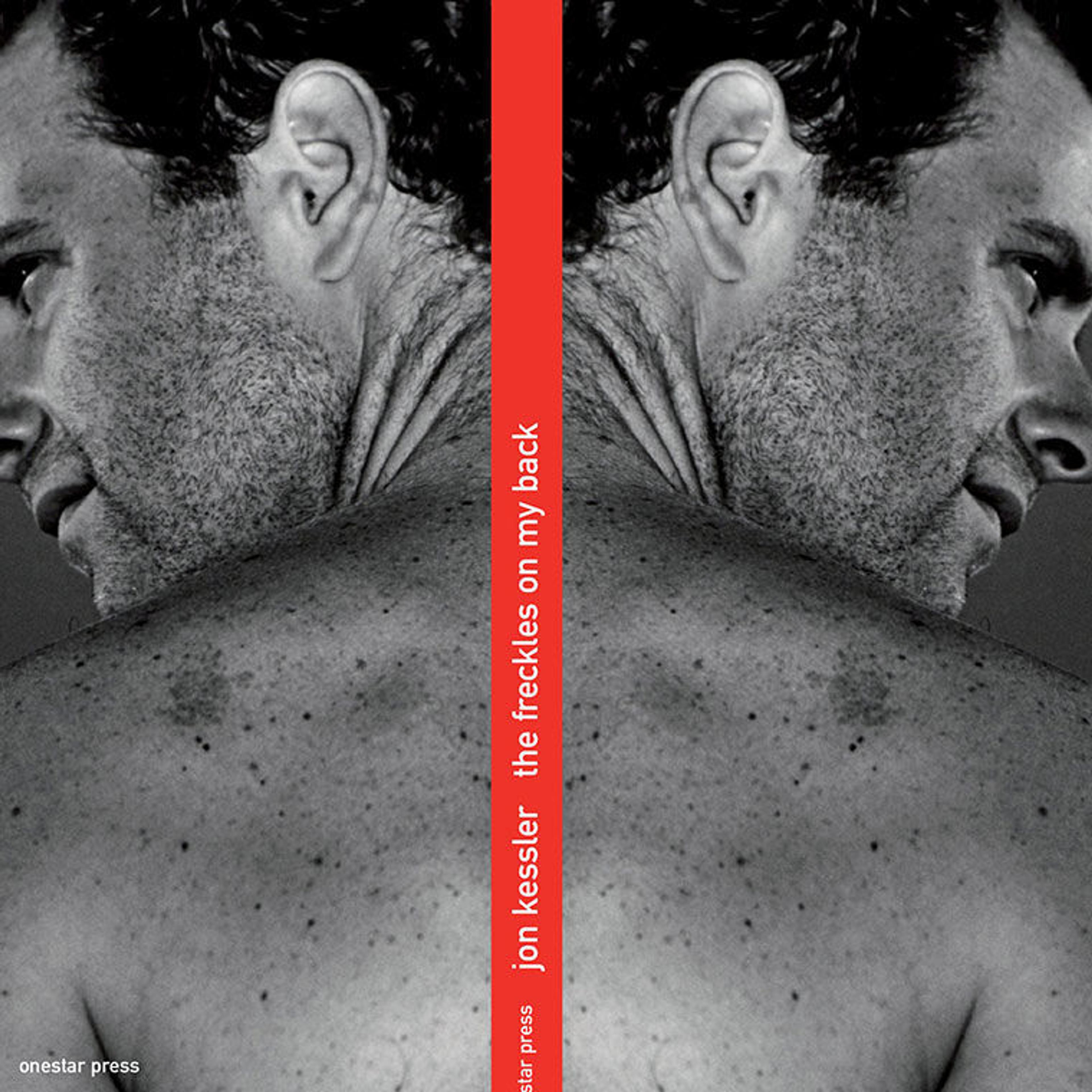
Jon Kessler, The Freckles on my Back (Paris: Onestar press, 2002)
Introduction
Founded in 2000 by Christophe Boutin and Mélanie Scarciglia, Onestar press's collaboration with a truly global and diverse group of artists has resulted in the publication of more than three hundred artists' books. Paris based, Onestar is an active presence at workshops, conferences, and art and artists' book fairs. Their publications are collected internationally by individual collectors, museums, and libraries. Editions are generally limited to 250 copies, and the cost is usually less than fifty Euros, making them accessible to a broad constituency.
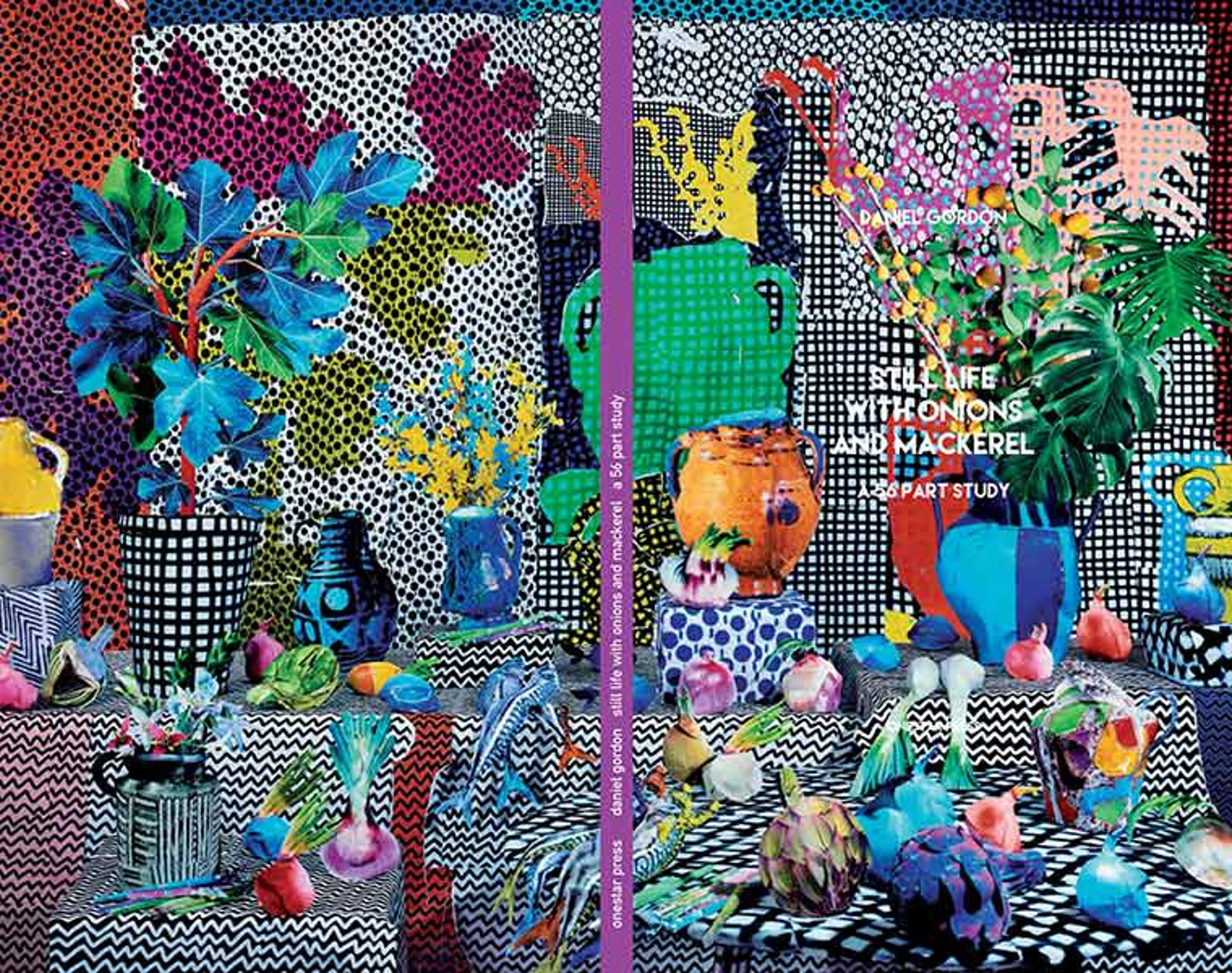
Daniel Gordon, Still Life with Onions and Mackerel, a 56 Part Study (Paris: Onestar press, 2014)
If the nearly infinite characteristics of artists' books share a single theme it is their haptic nature. They are meant to be paged through, thumbed through, handled, touched, opened, flipped through, sequentially or non-sequentially. Their materiality is their essence, it is fundamental. If that is the case, why would a creative and dynamic publisher of artists' books want to share PDFs of nearly a decade's publishing? The simple answer is accessibility and democratizing the work of nearly three hundred artists to be universally accessible online without the constraints of commerce. Of course, the PDF is a simulacrum and the tactile quality of the original is absent, but the creative concept and design remains intact and now these artists' books are freely available for anyone to explore.
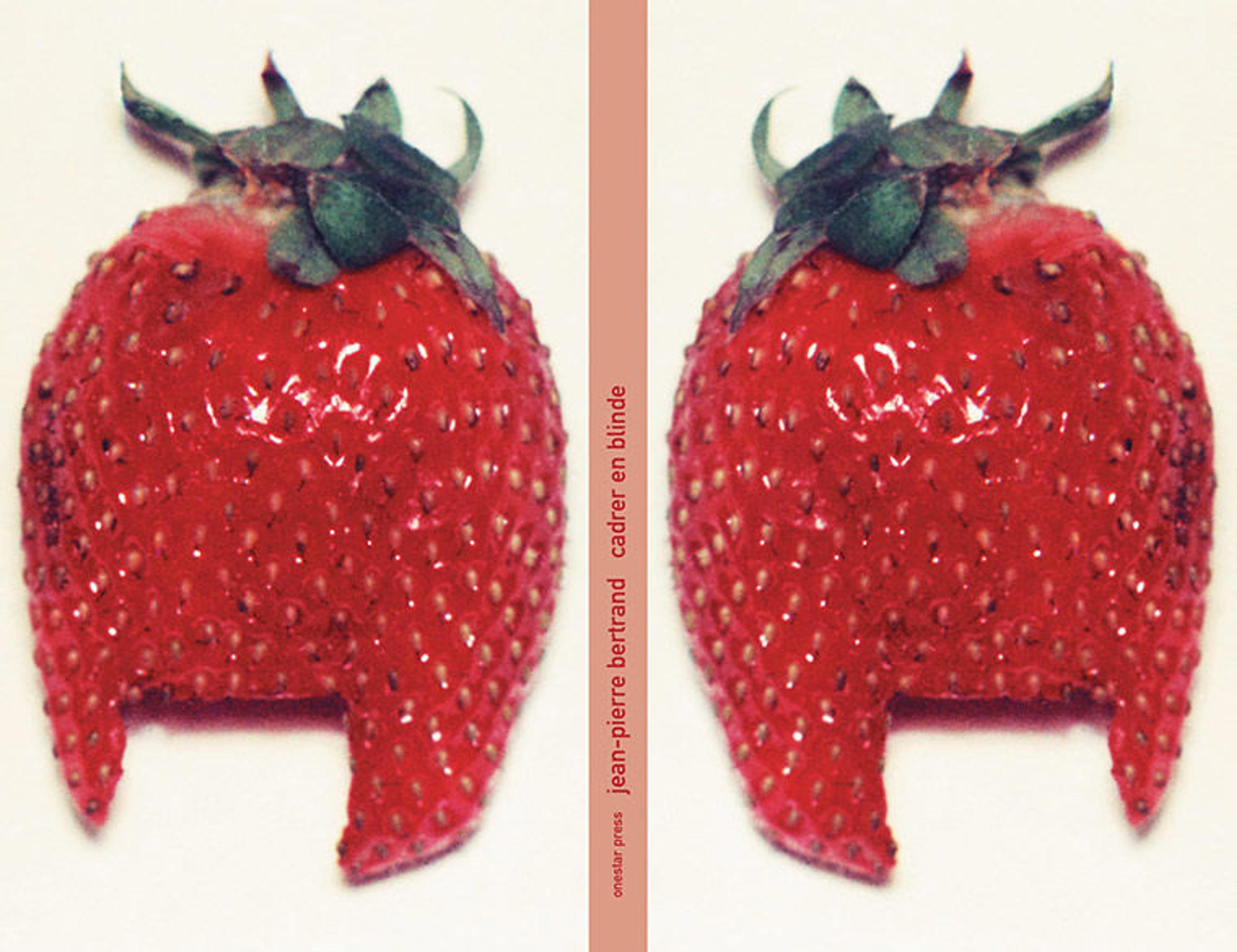
Jean-Pierre Bertrand, Cadrer en blinde (Paris: Onestar press, 2002)
Melanie and Christophe are notoriously collaborative, a defining quality that that has driven their highly productive work with hundreds of artists. I am very pleased that they have extended their collaborative hand to librarians, specifically William Blueher of Watson Library. Working with Christophe to ensure the best quality and sometime revised versions of the PDFs Onestar provided, William managed a project to fully catalog this collection (peruse all the titles here). It was an ideal project for Watson's cataloging staff, who have been working from home since March 13, and cannot catalog the hundreds of physical books we usually receive each week.
In the spirit of accessibility and democratization, the catalog records created by William and his team are freely available as a set that can be downloaded by any library. The bibliographic records link to the PDFs, which are stored on Watson's remote cloud server. Any library can download the records and links to the PDFs of the books, and the process should take only a few minutes (these are available on our GitHub page).
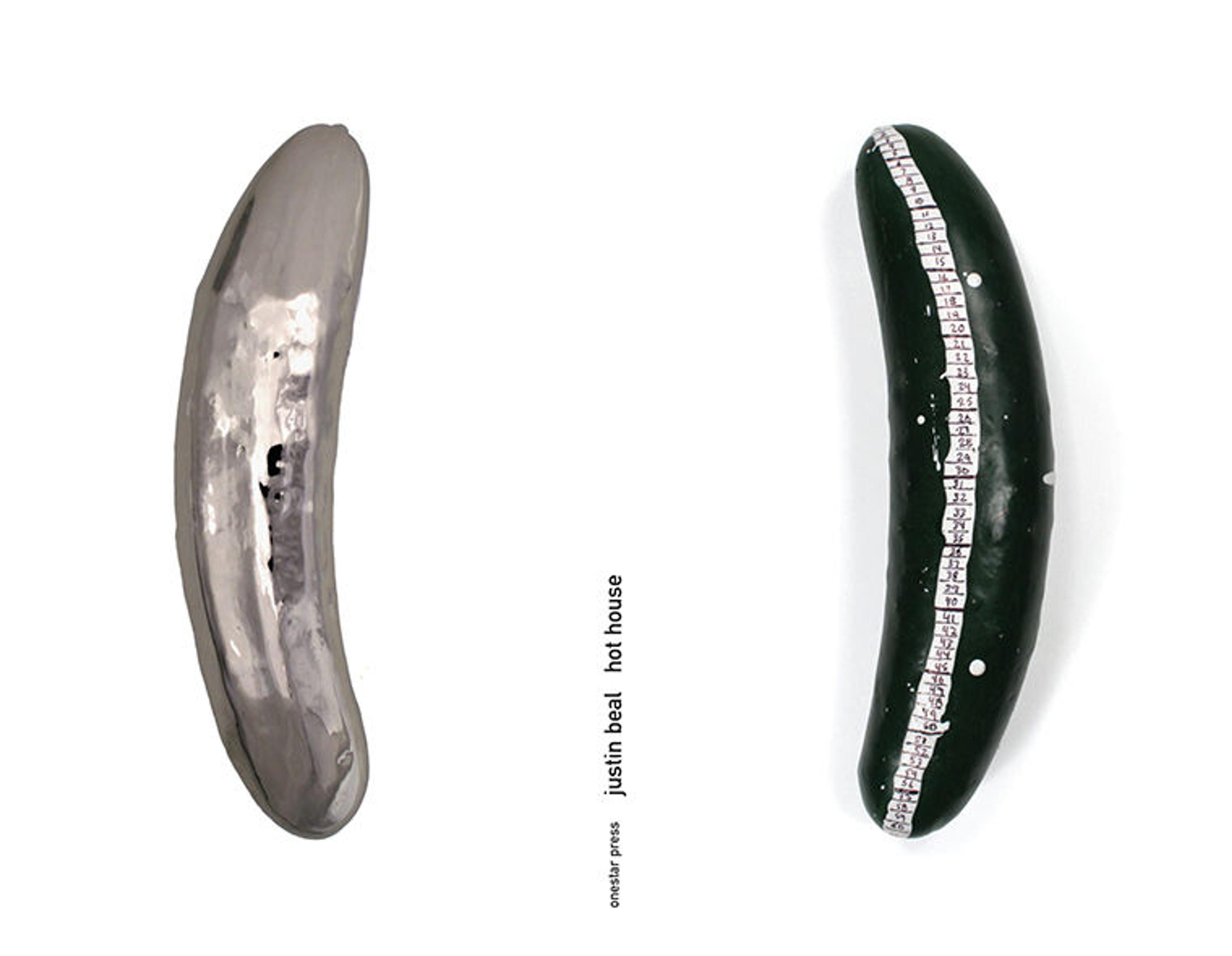
Justin Beal, Hot House (Paris: Onestar press, 2011)
One of the many benefits for Watson Library is that the works of hundreds of artists represented in the Onestar collection can now be aggregated with exhibition catalogs and monographs on their work. Over the past twenty years, Watson Library has built one of the most comprehensive collections of books on contemporary art and, like Mélanie and Christophe, we aspire to a truly global collection that represents the broadest diversity of artists. This has been a productive and enjoyable collaboration, and we are grateful to Mélanie and Christophe for their innovative idea of providing online access to the corpus of Onestar press.
Interview
Christophe and Mélanie kindly agreed to a brief interview about their publishing practices, the artists they work with, their commitment to sharing the work they produce, and the PDFs they've made available to us at Watson Library. William began by asking them what might be a good entry point for someone unfamiliar with the Onestar catalog, and they provided a list of the following twenty-seven artists:
CB/MS: Lisa-Anne Auerbach, John Armleder, John Baldessari, Lewis Baltz, Robert Barry, Erica Baum, Claire Fontaine, Keren Cytter, Elizabeth Jaeger, Jacqueline de Jong, Ryan Gander, Dominique Gonzalez-Foerster, Gabriel Kuri, Taus Makhacheva, Jonas Mekas, Jonathan Monk, Olivier Mosset, Matt Mullican, Ebecho Muslimova, Hans Ulrich Obrist & M/M, Seth Price, Tobias Rehberger, Magali Reus, Slavs and Tatars, Rirkrit Tiravanija, Terri Weifenbach, Lawrence Weiner.
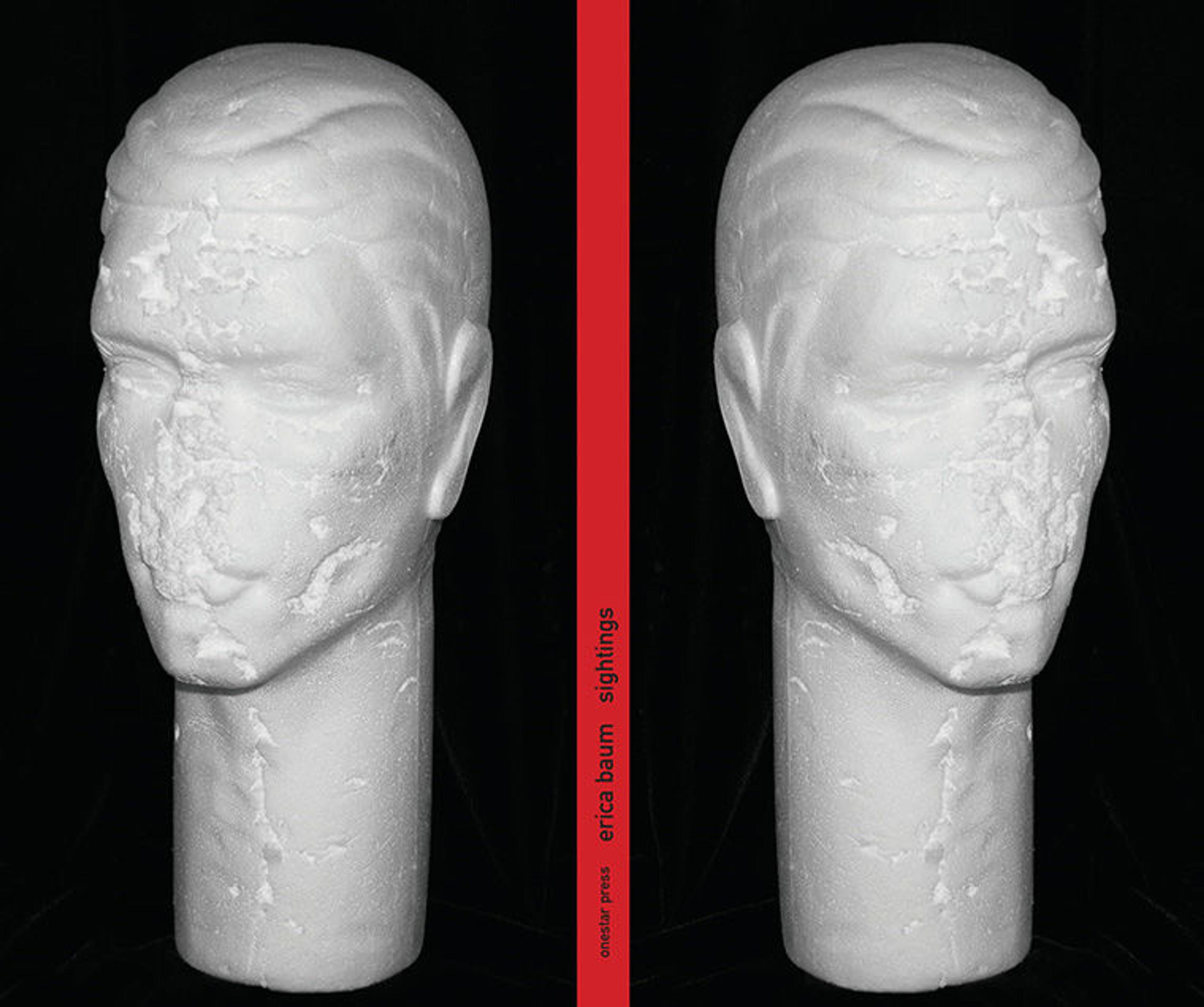
Erica Baum, Sightings (Paris: Onestar press, 2010)
WB: Librarians love to make things available for free, but typically publishers are a little more reticent about giving their content away. Why were you so open to making your entire catalog freely available as PDFs? What is making you—a publisher—act so much like a librarian?
CB/MS: When we decided, in 2000, to make all our books available to be downloaded for free on our website—with total support of the artists—we understood that giving away the PDFs would benefit our nascent business model and offering [our] content to all was a plus. Back in 2000, uploading the PDF files on our servers was tedious as the internet was very different from now but the effort was rewarding. It gave the possibility for faraway amateurs to have an understanding of the content of the book. Nevertheless, the physical experience is key—whether you look at a painting, a sculpture, an installation or flip through the pages of a "real" book. We also have to mention that ninety-nine percent of the projects we published are image based. Onestar press's publisher's model was Something Else Press, a press founded by Dick Higgins in 1963 that unfortunately went bankrupt because of lack of sales and an uncontrollable physical stock. Providentially, in the late 1990s, Print On Demand (POD) matured and this new printing technique allowed us to have a very limited stock for each book of our fast expanding inventory and made our press economically possible. In the meantime, the internet was developing quickly, [and] the book distribution model was changing. Artists' books have a limited audience, and thanks to the availability of the PDFs, amateurs of all sorts would flip through the content of the books before eventually acquiring them online. Not everybody has access to the very few bookstores that carry books by artists such as Printed Matter's Bookstore in New York or POST Ebisu in Tokyo.
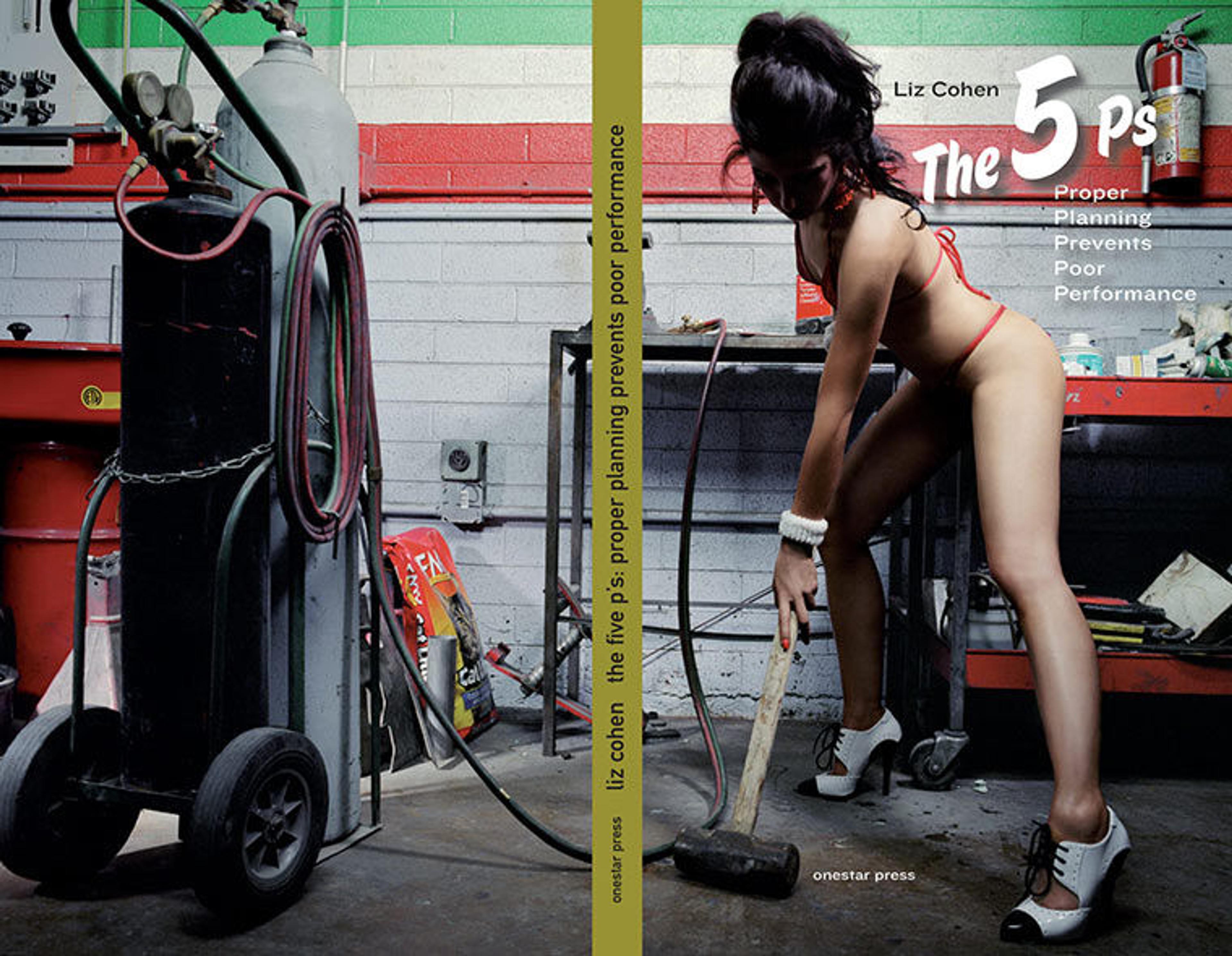
Liz Cohen, The 5 P's: Proper Planning Prevents Poor Performance (Paris: Onestar press, 2007)
WB: There seem to be a broad spectrum of artists you work with—from art world superstars like Marina Abramović to younger, lesser-known artists like Brenna Murphy (b. 1986) and Ebecho Muslimova (b. 1984). Could you tell us about how you go about identifying artists you want to work with?
CB/MS: We always had in mind this fun ratio: Onestar press should publish thirty percent of superstar artists, thirty percent of unknown artists, thirty percent of forgotten artists and ten percent improvisation. We started to publish the artists that we were friends with [and had] no limitations in terms of generations and origins. Once published with us, the invited artists could become editors at large for Onestar press, [and] our network expanded exponentially. Onestar press's motto was "Strictly Un-Edited By The Publisher." Artists had the freedom to develop the project they wanted as long as it would fit within the frame of our book format, a defined number of pages and printing limitations such as a laminated color cover and black and white printing for the interior pages. This mix of artists was important to us and the link between Marina Abramović, Ebecho Muslimova or Brenna Murphy is not as loose as it may seem retrospectively.

Brenna Murphy, Central Lattice Sequence (Paris: Onestar press, 2014)
WB: We cataloged all the PDFs of your books, and to state the obvious, PDFs are not printed books. They are expressions of books—a gesture towards the "real" thing, but inevitably fall short of the actual object.
CB/MS: The material used to compose a book project may be the same but the experience is definitely another one when the book is offered as a PDF. Originally Onestar press's PDFs were made available to advertise the books.

Zbigniew Libera, Trotsky's Ice-pick (Paris: Onestar press, 2006)
WB: As I was cataloging many of these PDFs, I was struck by the cinematic nature of many of these works, especially the flip books. As one scrolls through the PDF on a screen, it can begin to feel as if you're watching a film. My personal favorite, Zbigniew Libera's Trotsky's Ice-pick, features a series of photos of a group of cops holding up the ice-pick that had been used to murder the exiled Leon Trotsky. As you scroll through the book, the man holding the weapon appears to be slightly drunk, while the man in the fedora seems to be fighting off sleep (in several images his eyes are fully closed). Since we're viewing these PDFs on a screen they begin to take on this cinematic quality, and I'm curious if this is an intentional effect, or perhaps a happy accident of having been experienced in a digital context instead of an analog one.
CB/MS: A PDF is certainly another medium to experience the content of a project that was conceived as a book. The process of sequencing images for a book relates a lot to the experience of editing a movie. For many contemporary artists who work with video, it seemed an interesting way for them to transpose part of their original footage onto pages of a book. The power of computers has considerably expanded since the turn of the century, today when scrolling rapidly through double page spreads of some of the books, a cinematic effect is produced just like a flip book printed on paper.

Lisa Anne Auerbach, Unicycle Shop (Paris: Onestar press, 2007)
Acknowledgements
Christophe and Mélanie also included these kind words of thanks and acknowledgement:
First of all, we would like to express our gratitude to Kenneth Soehner and the team of dedicated librarians including William Blueher, Tamara Fultz, Tina Lidogoster, John Lindaman, and Melissa Raymond at Thomas J. Watson Library, The Met's research library, for cataloguing the PDFs of our collection of books by artists. Having these files preserved on Watson Library's servers and available for the larger public is an honor for the artists we have published and the work we have accomplished these last twenty years. We also would like to thank our longtime friend Garret Linn in New York for motivating us to make these PDFs available and helping us as we were imagining what could be a modern publishing house dedicated to books by artists, and Sébastien de Ganay, in Austria, who followed us from day one all along our road with his unconditional friendship and support. And finally, we would like to thank all the artists without whom that venture would not have been possible.
—Mélanie Scarciglia and Christophe Boutin, May, 2020
